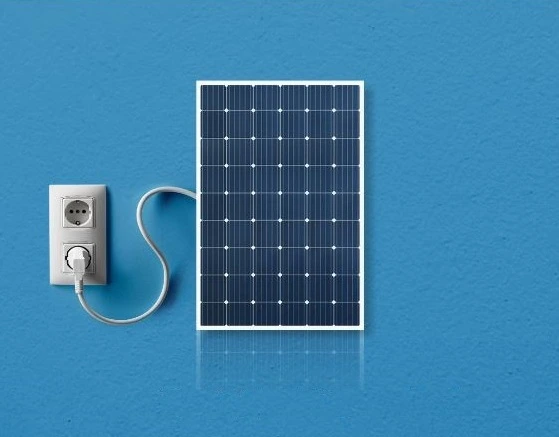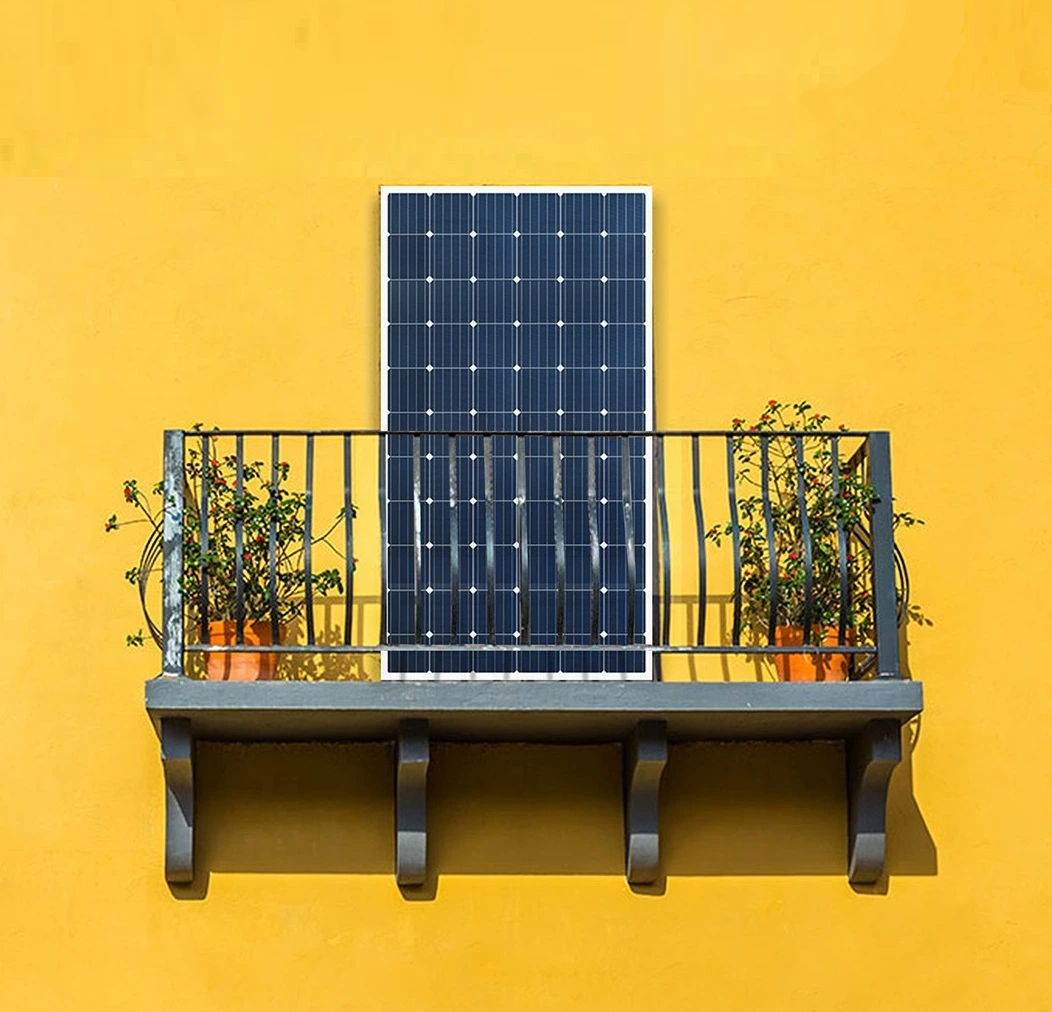Menu
X
Optimal for
households with an average monthly electricity bill of 15.000 -20.000 AMD
Accessories
AC/DC fuses
Connectors
AC/DC cables
Panels
Made in Armenia
High productivity
Solaron Mono Perc 390 Watt panles –
8 pcs
Inverter
Deye brand
Model SUN-3K-G
Panel Fasteners
High quality, anodized aluminum construction
Installation
Included in the quotation
Optimal for
households with an average monthly electricity bill of 28.000-35.000 AMD
Accessories
AC/DC fuses
Connectors
AC/DC cables
Panels
Made in Armenia
High productivity
Solaron Mono Perc 390 Watt panels – 14 pcs
Inverter
Deye brand
Model SUN-5K-G
Panel Fasteners
High quality, anodized aluminum construction
Installation
Included in the quotation
Optimal for
households with an average monthly electricity bill of 60.000 AMD
Accessories
AC/DC fuses
Connectors
AC/DC cables
Panels
Made in Armenia
High productivity
Solaron Mono Perc 390 Watt panels – 26 pcs
Inverter
Deye brand
Model SUN-10K-G
Panel Fasteners
High quality, anodized aluminum construction
Installation
Included in the quotation
Introduction
Solaron Simple is the easiest solution for having a solar power plant.
Features
Specifications
Applications




Off-grid systems are a viable alternative for electricity consumers in areas lacking a legislative framework for power transmission to the grid.
These systems offer distinct advantages over on-grid systems.
Firstly, they can function autonomously or act as backup power sources in case of outages.
Secondly, they provide consumers with a sense of independence, which holds significant value for many individuals.
Additionally, living in off-grid conditions fosters a clearer understanding of the genuine cost of electricity for the consumer.
However, these systems come with a significant drawback: their relatively high initial cost, the necessity for periodic battery replacements and maintenance, and most notably, their unsuitability for use in northern latitudes during winter. Several consecutive cloudy days can result in a complete depletion of the battery storage.
Equipment for Off-Grid Systems:
1.Solar panels
2.Battery charge controller
3.Rechargeable batteries
4.Off-grid inverter
5.Diesel generator (optional) or connection to the grid.
An on-grid system, also referred to as a grid-tied system, is a modern approach to electricity generation and consumption that connects directly to the main power grid. Unlike off-grid systems that operate independently, on-grid systems leverage the existing electrical infrastructure to supply energy to homes, businesses, and industries.
In fact, the inverter is connected in parallel to the consumer’s network, supplying power to the connected equipment of the subscriber while also transferring any surplus energy to the grid.
During the evening, any required energy can be drawn back from the grid to serve the consumer’s needs.
This system represents a straightforward method of connection and installation. However, its implementation necessitates specific legislation and the installation of a bi-directional meter.
In this context, the grid serves as a “virtual” energy storage system.
Currently, these systems are among the most popular worldwide and do not require maintenance.
The primary, and perhaps sole, drawback of On-Grid systems is that they cannot function as backup energy sources in situations where the grid experiences an outage.
The key components of On-Grid stations include:
1.Solar panels
2.On-Grid inverter
3.Bi-directional meter
A hybrid solar system is a blend of both on-grid and off-grid solar systems, as it is connected to the grid and incorporates a battery backup. When there is a power supply from the grid, the solar inverter functions as an on-grid inverter. Any surplus power generated after meeting device requirements is channeled into both the grid and the battery. This stored energy from the battery comes into play during power outages, particularly at night, since solar panels generate power during the day to sustain the household.
This versatile system proves advantageous for various settings, including residential, industrial, agricultural lands, and commercial premises.
Equipment for hybrid systems includes:
1.Solar panels
2.Hybrid inverter with integrated charge controller
3.Rechargeable batteries
4.Bidirectional meter.
No, solar panels alone cannot provide power during a grid outage. They are interconnected with the grid and do not function independently in the absence of grid power.
Solar panels require an active grid connection to function because they feed excess electricity back into the grid when generating more power than needed. Without the grid, they cannot operate.
Yes, a battery backup system can allow solar panels to continue generating power during a grid outage. The energy captured and stored in the batteries can be used to power essential appliances and devices in your home.
Battery backup systems are not required for solar installations and are considered an optional add-on. While they provide uninterrupted power during outages, they can be expensive, which may deter some homeowners from investing in them.
Battery backup systems offer numerous advantages, such as providing power during grid outages, reducing dependency on the grid, and potentially saving money in the long run by optimizing energy consumption.
Yes, the intentional design of solar systems to shut down during grid outages is for the safety of utility workers. When they are called out to repair the grid, it is crucial to ensure there is no electricity flowing from solar panels to prevent potential accidents.
If they don’t have battery backup systems, they will experience a power outage similar to their neighbors. During such times, it’s essential to have alternative plans in place, such as using backup generators or relying on grid power once it’s restored.
Yes, having a solar system can still offer benefits even without a battery backup. While it won’t provide power during outages, it can significantly reduce electricity bills and promote sustainable energy consumption.
Deciding on a battery backup system depends on individual needs, budget, and location. They should assess the frequency of grid outages, their reliance on consistent power, and the long-term cost-benefit of investing in such a system.

Please, leave us your details and
we will get back to you soon